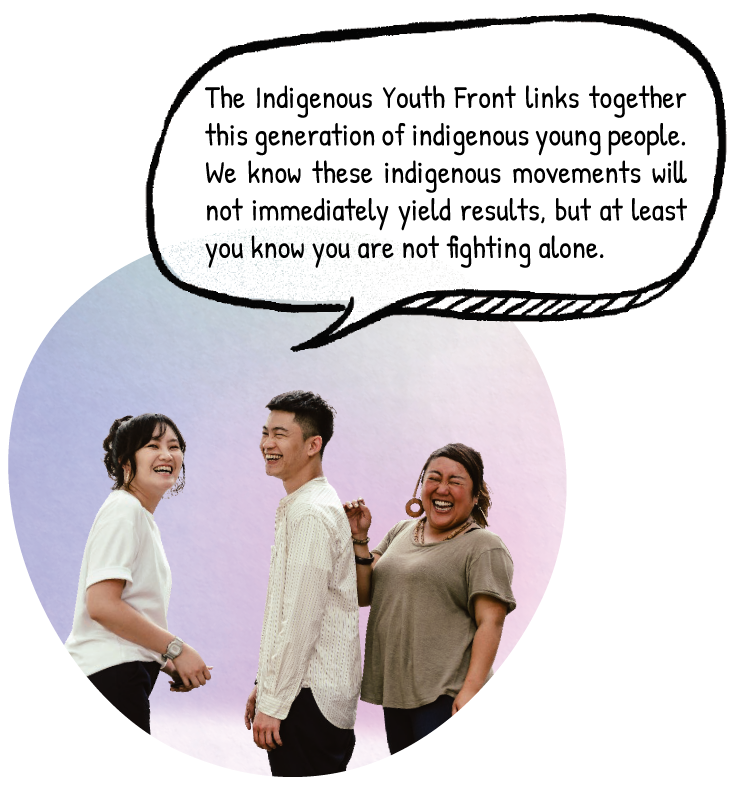
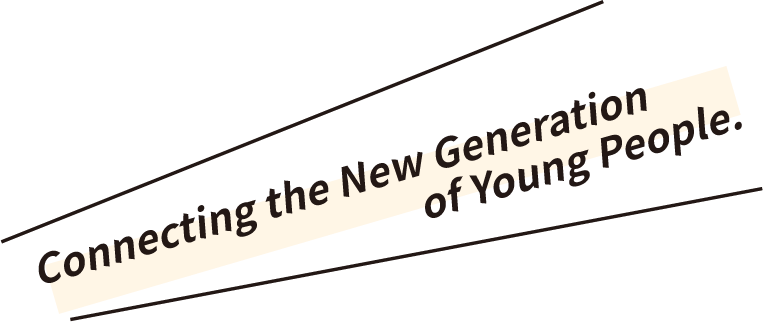
The Indigenous Youth Front is composed of indigenous youths approximately between the ages of 20 and 35 years old. This extremely flexible organization does not have a rigid operation structure and has become an important platform for indigenous youth to connect with companions who have similar ideas and magnify their voices in society.
In 2013, members of a Bunun church yelled “indigenous peoples don't support same-sex marriage” during a protest against same-sex marriage. This offended Savungaz Valincinan, who was then still a university student. She was not happy that the church masked their personal opinions as the opinion of all indigenous peoples, therefore she worked with other students in university indigenous youth clubs to jointly write a statement in response. But when they completed the article, they realized they had no platform nor channel to release it. Eventually, the students set up a Facebook fanpage dedicated to this function, and the Indigenous Youth Front was born.
Actually, this group of young people already knew each other before this same-sex marriage statement incident as they also participated in other movements, such as opposing Meiliwan and the anti-nuclear protest. Since the released statement stirred up a lot of reactions, the Indigenous Youth Front fanpage naturally became the platform where people talked about indigenous issues. In addition to the fanpage, the group also set up a private Facebook club for internal discussions.
In the past eight years, the Facebook club has accumulated about 300 members, including indigenous and Non-indigenous members, from all over Taiwan. There is no entry requirement to join the organization. The only condition is that the person has to participate in a physical event organized by the Indigenous Youth Front. “People assume that the Indigenous Youth Front is only a virtual platform on which everything happens very quickly,” Savungaz said, “but we all have to meet in person before letting new people in. The internet is just a tool, the people are still the crucial element.”
A Platform Where People Find Companions with Similar Goals
At first glance, the Indigenous Youth Front is not very different from other dissent groups. When an issue becomes a hot topic, they issue statements, organize press conferences or protests. However, the operational structure of the organization is more flexible than other groups: they have no leader nor official cadre. If a topic arises and requires further discussion, anyone can start the conversation and organize events.
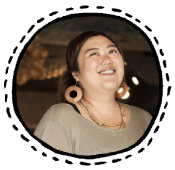 At first glance, the Indigenous Youth Front is not very different from other dissent groups. When an issue becomes a hot topic, they issue statements, organize press conferences or protests. However, the operational structure of the organization is more flexible than other groups: they have no leader nor official cadre. If a topic arises and requires further discussion, anyone can start the conversation and organize events.
At first glance, the Indigenous Youth Front is not very different from other dissent groups. When an issue becomes a hot topic, they issue statements, organize press conferences or protests. However, the operational structure of the organization is more flexible than other groups: they have no leader nor official cadre. If a topic arises and requires further discussion, anyone can start the conversation and organize events.

At first glance, the Indigenous Youth Front is not very different from other dissent groups. When an issue becomes a hot topic, they issue statements, organize press conferences or protests. However, the operational structure of the organization is more flexible than other groups: they have no leader nor official cadre. If a topic arises and requires further discussion, anyone can start the conversation and organize events.
New Game Plans
Gives Us Wider Exposure
It’s easy to spot the creativity of the new generation in the events organized by Indigenous Youth Front. In 2014, a tour group strutted into the Tourism Bureau of the Ministry of Transportation and Communications. “This is the Tourism Bureau.” The tour guide explained loudly to the group. “These are actors playing out an office scene. That person over there is portraying a person talking on the phone.” This ridiculous arrangement is actually a protest against the Tourism Bureau for setting 2014 as the “first year of indigenous village tourism”. The indigenous residents felt they were taken advantage of and thus wanted the Bureau officials to experience how it felt like to be a tourist attraction. This creative “Tourism Bureau Tour” flash mob successfully attracted public attention and is, so far, the most well-known event organized by the Indigenous Youth Front.
Another event was sparked by a scene from the movie David Loman 2. In that particular scene, the protagonist called the Tao people in traditional garb, who were there protesting against nuclear waste dumping, “nutcases” and “you all stink”. The act was very disrespectful towards the indigenous peoples and galvanized the Indigenous Youth Front to gather at the entrance of the film company where they conducted a “discrimination exorcism”. The protesters scattered spirit money at the company’s door and requested that they apologize immediately and delete the discriminatory scenes.
In addition to responding to social issues, Indigenous Youth Front also focuses on empowering the younger generation. The annual Consensus Camp is a major event during which they recruit and train new participants. According to Ool, who has served as Camp Coordinator before, the three-day Consensus Camp teaches participants how to deal with the media and write news releases. They also discuss action plans for different topics. The maximum number of campers each year is around 30 people. High school students are also welcome.
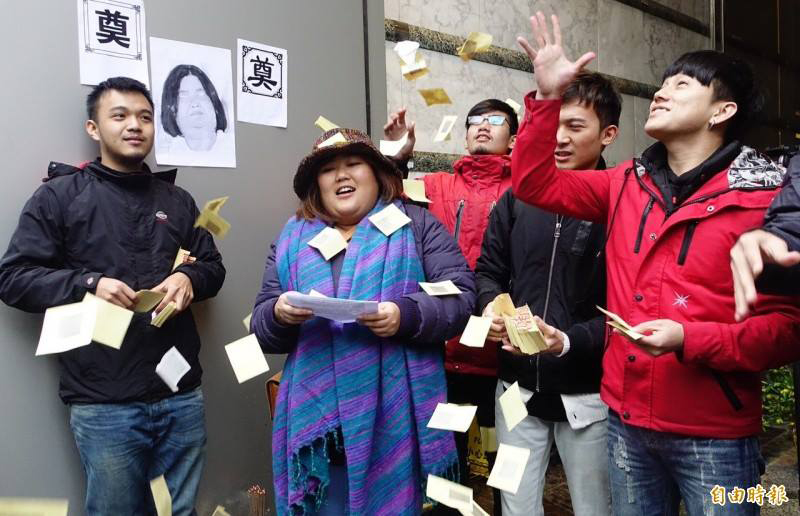
A scene in the movie David Loman 2 was discriminatory towards indigenous peoples. Savungaz (second left) and the Indigenous Youth Front scattered spirit money at the company’s door, symbolizing they want to “exorcise discrimination”.
Reaching a Consensus –
Getting Everyone On Board
There is one rule that Indigenous Youth Front members have to follow: the consensus rule. Before anyone can organize an event or publish news releases in the name of the Indigenous Youth Front, they must obtain the approval of at least five people in the Facebook club and have no one object to the idea. Savungaz explained that it does not mean the suggestion is a no-go if anyone opposes it. It just means the proposal requires more detailed discussions and adjustments so that the people originally against it eventually support the idea as well.
“Atypical” organizations like Indigenous Youth Front are extremely flexible. Members are not restricted by their roles and can respond to the situation according to their capabilities. “Our lives, work, and topics we are working on are all connected. As long as you have the capability, anyone can take charge.” Ool, who works in an NGO, thinks that Indigenous Youth Front’s shared governance and decision-making mechanism help generate true consensus among the team. “In a structured organization, sometimes the members are not persuaded. They are just obeying the organization’s orders or their superiors.”
Yet this agile and flexible organization model also has disadvantages. As the original members gradually graduated from university and entered the workforce, the organization suddenly found themselves short-handed. “Some issues need to be dealt with immediately, but we cannot be available all the time.” Akoy pointed out. Especially when the organization does not have official cadres in charge of the events or projects, progress may fall stagnant. This is also the reason why Indigenous Youth Front did not organize the Consensus Camp for three years. Ool admitted that “we hope to see more young people step up and take over”.
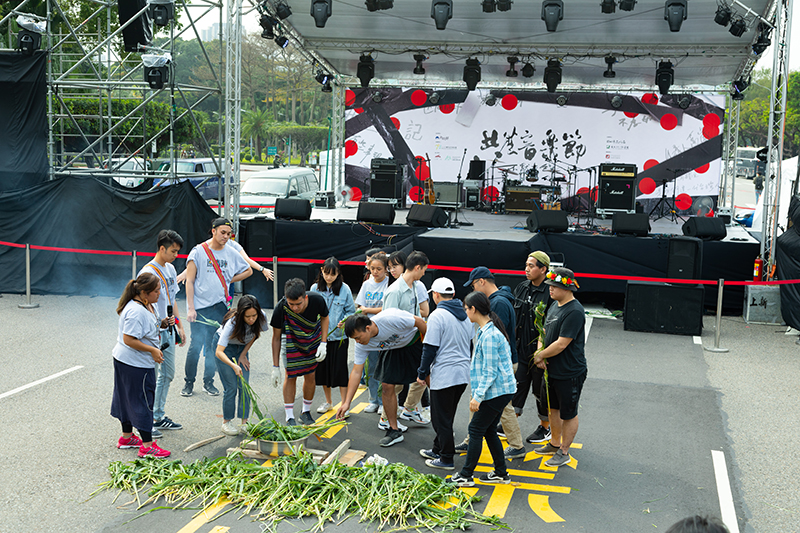
During the 2019 Gongsheng Music Festival, Indigenous Youth Front responded to the 228 Smoke Signal Movement and helped raised public awareness on transitional justice for indigenous peoples.
Being a Role Model
for the Younger Generation
and Leading Them Onwards
Now that everyone can freely voice their thoughts online, the young generation has to be strong enough to withstand online hater attacks. “Although you know it’s going to happen, it still hurts.” Admitted Savungaz. This led to the birth of the Indigenous Youth Front’s “post-event meetings”. Members do not discuss the results of the events or areas to improve during the meetings; instead, they are encouraged to chat and blow off some steam.
Back when information was mainly transmitted through the media, the public did not have channels to voice their opinions; now, the new generation can speak through the internet without being reviewed or interpreted. However, this also means the speakers have to pay more attention to details. Savungaz shared that in the past when the public was not familiar with indigenous peoples, it was considered great progress if they could openly say “don't call me a savage!” or “give back our lands!”. “But for our generation, it’s not that simple. We have to actually talk about how they are going to give back our lands and have more in-depth discussions with society.”
These indigenous youth followed the footsteps of their predecessors and entered the world of indigenous movements. They are no longer just young people gathering their friends together to “do something”, but senior members of the organization which newcomers look up to. And they will lead their younger brothers and sisters forward and carry on the momentum of indigenous movements.

In October 2016, Indigenous Youth Front petitioned in front of the Presidential Office, requesting that the government should give the indigenous peoples and hunters the dignity they deserve.




